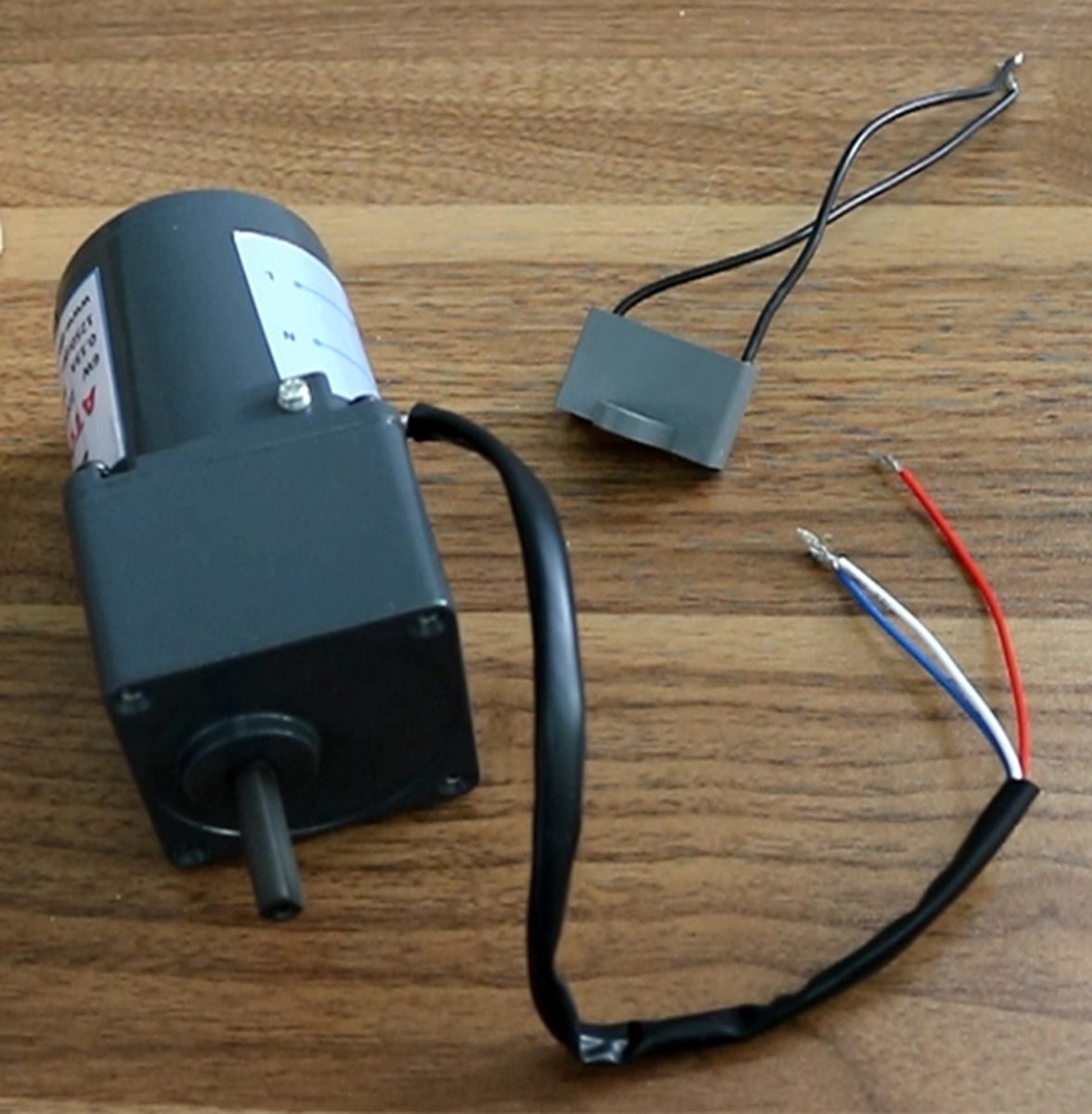Wiring the AC Gear Motor
2024-07-23 09:03:56
Proper connection of an AC gear motor is crucial for its operation and integration into various applications, ensuring the safety, reliability, and longevity of the application. In this article, we will explore the process of connecting an AC gear motor, providing you with a detailed step-by-step guide.
Introduction to AC Gear Motors
An AC gear motor is essentially an electric motor coupled with a gearbox. The motor operates on alternating current (AC) and the gearbox reduces the motor's speed while simultaneously increasing its torque. This gearing arrangement makes AC gear motors ideal for applications requiring high torque at low speed, such as conveyors, turntables, and various industrial machinery.
Preparing for Wiring

Example of AC gear motor
Before proceeding with the wiring, it is paramount to ensure you have all the necessary tools and components. This includes:
- The AC gear motor
- Compatible wiring cables
- A wiring diagram (typically provided by the manufacturer)
- Protective gloves
- Wire strippers
- A screwdriver set
Additionally, verifying the power supply compatibility with your motor's specifications is crucial to avoid damaging the motor.
Understanding the Wiring Diagram
The cornerstone of correctly wiring an AC gear motor is to thoroughly understand the wiring diagram provided by the manufacturer. AC gear motors can vary in terms of wiring configurations, depending on their phase (single-phase or three-phase) and voltage requirements. The wiring diagram will detail the connections between the motor, power source, and any control mechanisms, such as switches or variable frequency drives (VFDs).
Electrical Connections
The wiring process for an AC gear motor involves the following key connections:
- Power Supply: AC gear motors typically require a stable power supply to operate efficiently. It is essential to identify the correct voltage and frequency requirements specified by the manufacturer. Ensure that the power supply matches the motor's specifications and that the appropriate wiring connections are made.
- Identify Wires: Using the motor's wiring diagram, identify the wires for the power supply, ground, and if applicable, the capacitor connections.
- Stripping Wires: Carefully strip the insulation from the ends of the wires using a wire stripper, preparing them for connection.
- Motor Wiring: The motor's wiring connections may vary based on the specific model and manufacturer. It is crucial to consult the motor's documentation or wiring diagram provided by the manufacturer to identify the correct terminals for connection. Typically:
- For a single-phase motor, this typically involves connecting the live (L) and neutral (N) wires.
- For a three-phase motor, all three phase wires (L1, L2, and L3) would need to be connected to their respective terminals.
- Gearbox Wiring: The gearbox of an AC gear motor may require separate wiring connections, especially if it contains additional components such as limit switches or encoders. Consult the gearbox documentation or wiring diagram to identify the necessary connections and follow the manufacturer's instructions carefully.
- Capacitor Connection: If your AC gear motor uses a capacitor for starting or running, connect the capacitor wires according to the wiring diagram. Capacitors are used in some single-phase motors to improve their starting and running performance.
- Control Circuitry: In some applications, AC gear motors may be integrated with control circuitry for enhanced functionality. This may involve connections to external devices such as motor drives, relays, or programmable logic controllers (PLCs). Ensure that the control circuitry connections are made according to the specific requirements of the application.
- Grounding: Ensure the motor is properly grounded by connecting the ground wire to the motor's ground terminal. Grounding is crucial for safety and to prevent electrical shock.
- Final Checks: Double-check all connections against the wiring diagram. Ensure all terminals are secured and no bare wires are exposed.
- Reconnecting Power: Once all connections have been verified and secured, the power supply can be reconnected.
Grounding Considerations
Proper grounding is crucial for the safe and reliable operation of AC gear motors. It helps to mitigate electrical interference, reduce the risk of electrical shock, and protect sensitive electronic components. Follow the manufacturer's guidelines and local electrical codes to ensure proper grounding of the motor and associated equipment.
Testing and Troubleshooting
Once the wiring connections have been made, it is advisable to perform thorough testing to ensure proper functionality. Check for any loose connections, verify the motor's rotation direction, and test its torque and speed capabilities. If any issues arise, refer to the manufacturer's documentation or seek professional assistance for troubleshooting and rectification.
Conclusion
Wiring an AC gear motor is a critical step in its proper integration and operation. By emphasizing safety precautions, understanding the electrical connections, considering grounding requirements, and conducting thorough testing, you can ensure the reliable and efficient operation of AC gear motors in various applications.
See What Lunyee Can Do For You
Contact Us
- 8619149417743
- +86-0371-5562 0274
- [email protected]
- Zhengzhou, Henan Province, China
- Mon-Fri: 9:00 - 18:00




